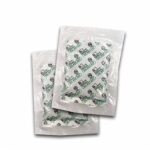Table of Contents
You may get precise cuts out of synthetic fibers like webbing and robe with the help of a hot knife. These machines use intense heat to patch up the cut sides as they work.
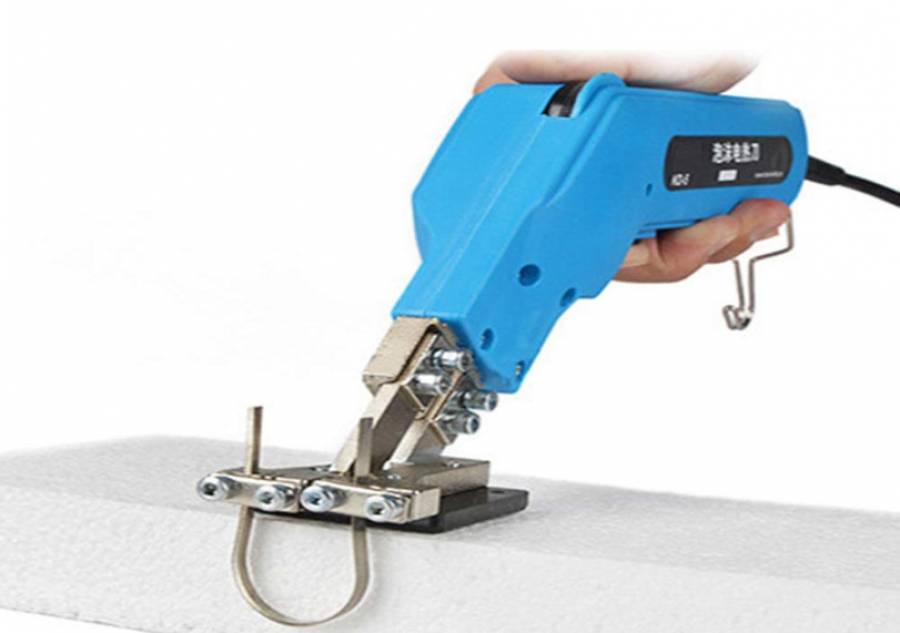
These will be your best bets if you need anything that can quickly and easily cut Polystyrene or EPS foam in a business or commercial setting.
This device uses a high-resistance wire, which causes heat since it inefficiently transmits power. The knife of the cable tool is held in place by a shielded shaft.
Instructional manuals are available to help with properly and securely using hot-cut knife goods.
Considerations
Heat Setting
Adjustable heat settings are beneficial since various cutting tasks require varying temperatures from a hot knife.
Power Level
It’s recommended that you choose a soldering iron that has at least 30 watts. Low-wattage soldering irons are slow to burn and unstable once they reach the proper temperature.
The Soldering Iron’s Tip
The tip should be interchangeable, and it should be suitable for a wide range of tips. Knives can be used for various tasks, each requiring a specific size and shape of the tip.
The soldering iron tip must be of the same brand for some models.
Soldering Iron Stands
It would be best to have a safe place to rest the hot knife while working.
Personal Safety
Take care to avoid getting burned or cutting yourself on it. Do the DIY project while the weather is nice and hot.
Creating A Sizzling Hot Knife From Saw
Equipment
- Resolution saw
- Screwdriver
- Bolt and nut made of metal
- The DC Power Source
- The insulated grip
- a strand of wire with high resistance.
Methodology
Find a coping saw to use as the cutting device’s framework. A sturdy metal frame and a hardwood handle are required components of the saw.
A metal screw should be placed into the hardwood handle perpendicular to the knife’s cutting edge as a second step. Preserve the screw away from the steel saw frame.
Swap out the coping saw’s standard blade for a new one. We’ll replace it with resistance wire.
Cut with resistance wire instead of regular wire. It will get hot and become your blade if you plug it in.
The wire you use should be conductive but extremely resilient, like a guitar string or nichrome wire. Link the new front blade screw to the resistance wire.
Regrettably, it can’t come in contact with the knife mount nearest the handle. Twist the cable around the screw symmetrically and tightly.
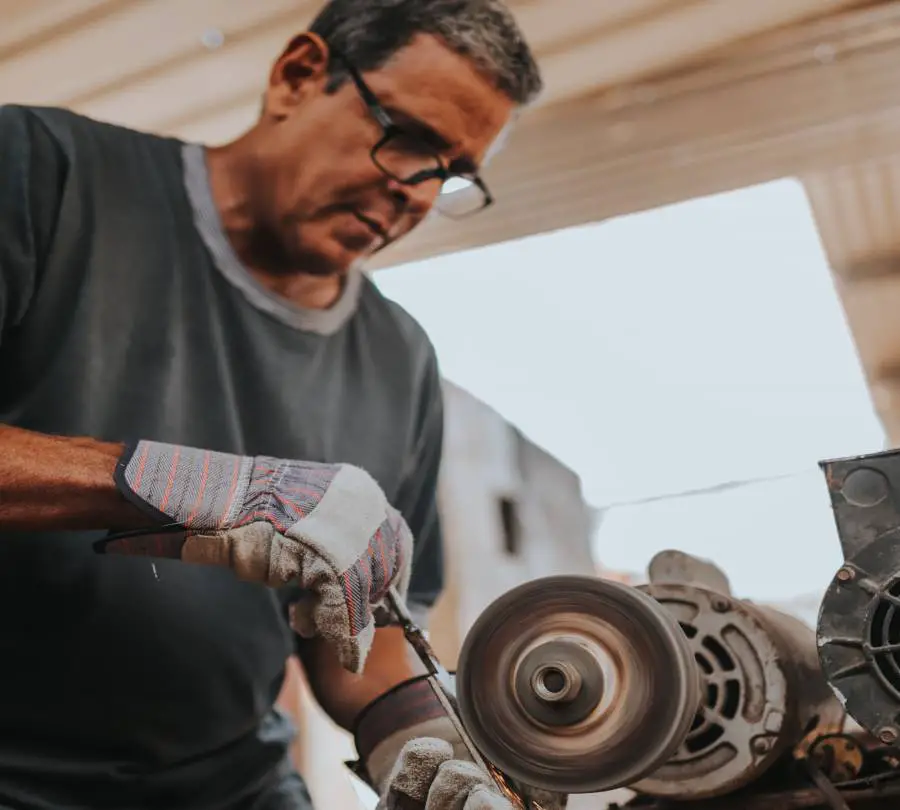
A knot is not required to utilize it. The bolt, metal frame, and cable should now form a complete circuit that may be used to supply power.
Pick a DC power supply that outputs 12 volts. Power transformers that can alter their discharge are effective in their intended use.
Powerful renewable sources are typically required for these tasks. The ideal power supply is a source that can deliver at least 15 amps at 12 volts.
The cutting wire needs to be powered, so attach wires to the screw point and anywhere on the metal frame with the aid of alligator clips or cables. The DC supply will power the wires.
Rapid heating of the cutting wire is required. The ideal wire temperature can be precisely determined with a variable power source.
At this point, the hot knife creation process is completed and ready for use. Please unplug the knife as soon as you’re through using it.
Making A Hot Knife With Soldering Iron
Materials
- A rusty, outdated, and unappealing soldering iron tip.
- An additional X-acto blade.
When operating in this method, welding is optimal, but if you don’t have access to a welder, you’ll need to devise another way to fasten the blade to the soldering iron tip.
Below are outlined the measures of this alternative method:
Create The Groove
Mill a notch into the drill bit! If you want to use a Dremel to cut a groove, you’ll require a tool to anchor the bit.
The bit should be held securely in a vice. To protect the bit’s string, tie it with fabric.
Squeeze The Groove
After you’ve carved out a groove, double-check that the blade fits in there comfortably. You should make some additional reductions if they become necessary.
The vice should be used to clamp the bit onto the blade firmly, but care must be taken to avoid breaking either the bit or the blade.
Squeezing the bit onto the blade without first applying a dab of adhesive will result in the blade not being held at the proper angle.
Adapt The Knife’s Blade Size To The Task At Hand
Take the knife out of the knife drawer. Taking the blade out is as easy as removing the top cap.
Using the cap’s groove, break off the blade’s excess portions until you have the desired length. Unclip the soldering bit from the iron.
Make sure this screw doesn’t fall out.
Tighten The Screw On The Blade
Screw the blade onto the soldering iron. Connect your soldering iron to an electrical outlet, and you’ll instantly have a sizzling cutting edge.
That wraps it up! Experiment with using the hot knife to cut things, including plastics.
How To Set Up Your First Cut With A Hot Knife
Install the knife to the hooks and fasten it when you get your latest hot knife. The knife may produce smoke to clear out the factory fluids when first powered on.
Shut off the power supply after 20 minutes of use. The supports’ fastening bolts should be checked after cooling and retighten if needed.
Your setup is successful, and the hot knife has been ready for dependable service for many years.
Frequently examining the fastening bolts will guarantee proper contact between the supports.
When working with hot knives, ensure that you do so in a well-ventilated place so that you don’t accidentally breathe in any toxic fumes.
Tip
To fine-tune the temperature, gradually increase the voltage from your variable power supply until the wire becomes bright red.
If you raise it too high, the clamps could melt, and the wire could snap. Use extreme caution around both electricity and heat.
If you don’t know what you’re doing with electronics, don’t try to manufacture or use them. Remember that inhaling smoke or vapors from heated materials might be dangerous.
Conclusion
Crafters, DIYers, and Cosplayers alike will find the Hot Knife Tool an indispensable tool for quickly and effortlessly slicing through and carving a wide range of materials.
It might not be hard to make a red-hot electric knife that, if properly sharpened, could slice through a femur in about five seconds.
Multiple varieties of hot knife assemblies are available from manufacturers for use in various contexts, including those involving the textile industry.
The danger of using hot knives, nonetheless, they pose a threat only in the hands of those who are not properly trained to use them.
Make sure you and your coworkers leave the office daily with all your limbs in one piece. The Hot Knife Tool is a lot of fun, whether cutting freehand or following traced pattern lines.


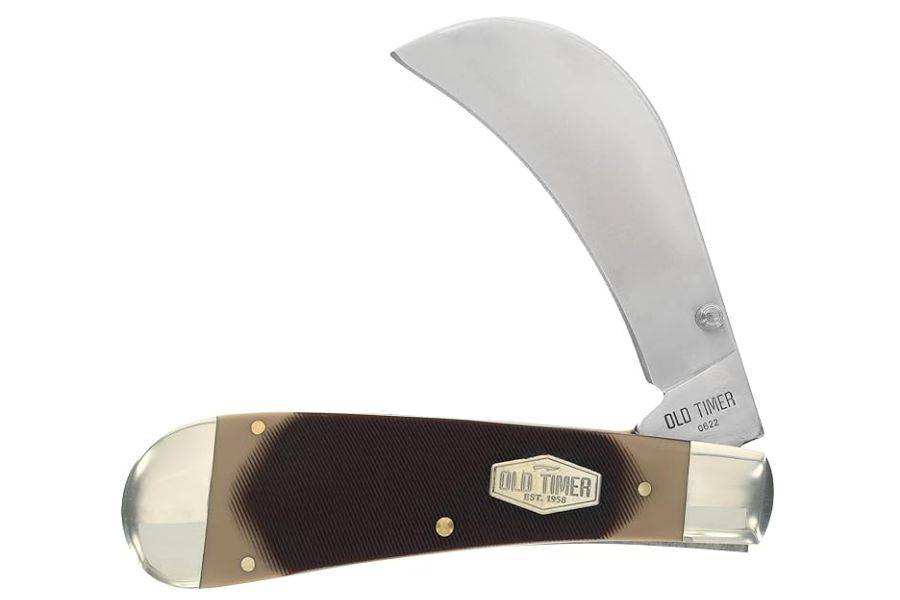
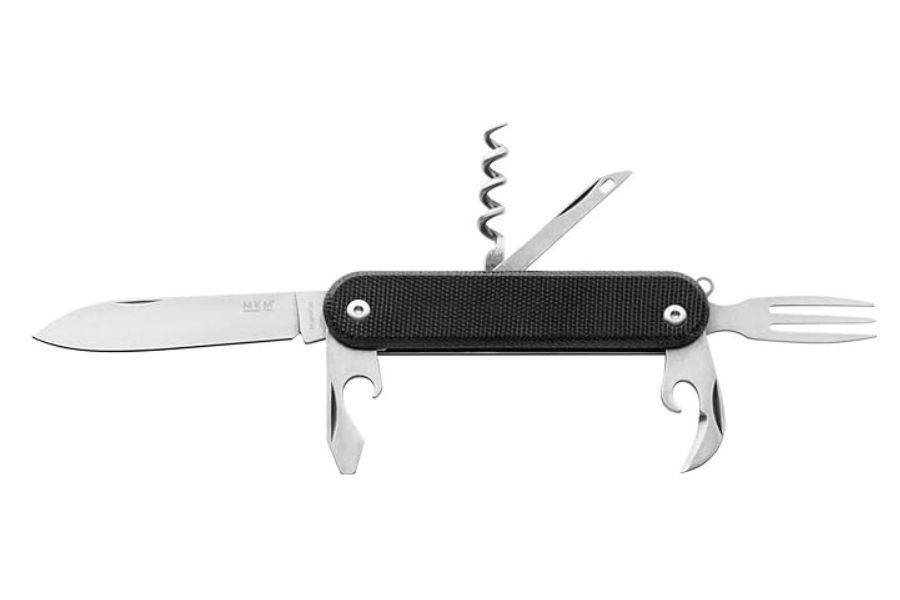

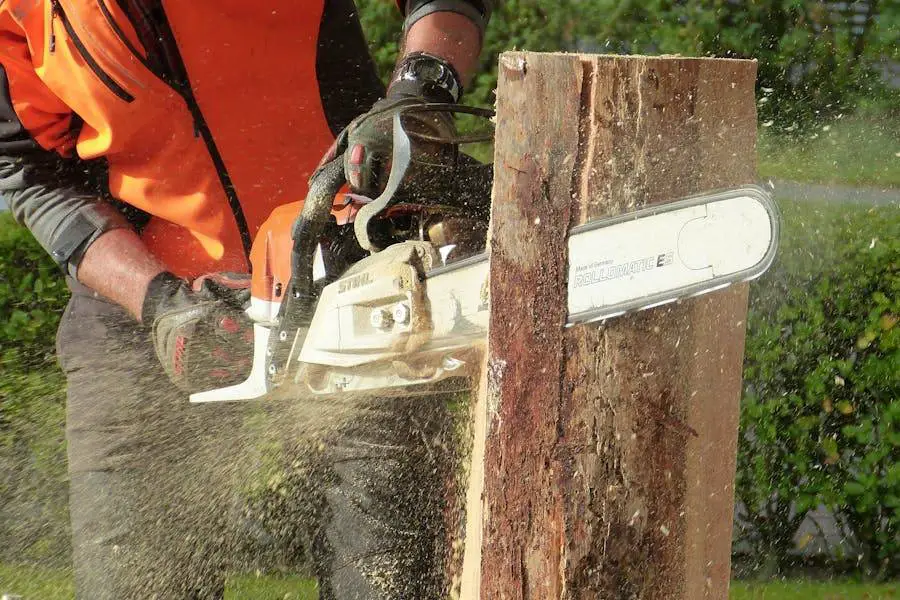
![Hot And Neutral Reversed But Wired Correctly [Causes + Solutions] Hot And Neutral Reversed But Wired Correctly [Causes + Solutions]](https://homesteadandprepper.com/wp-content/uploads/2022/06/Hot-And-Neutral-Are-Reversed-But-Wired-Correctly-150x150.jpg)
